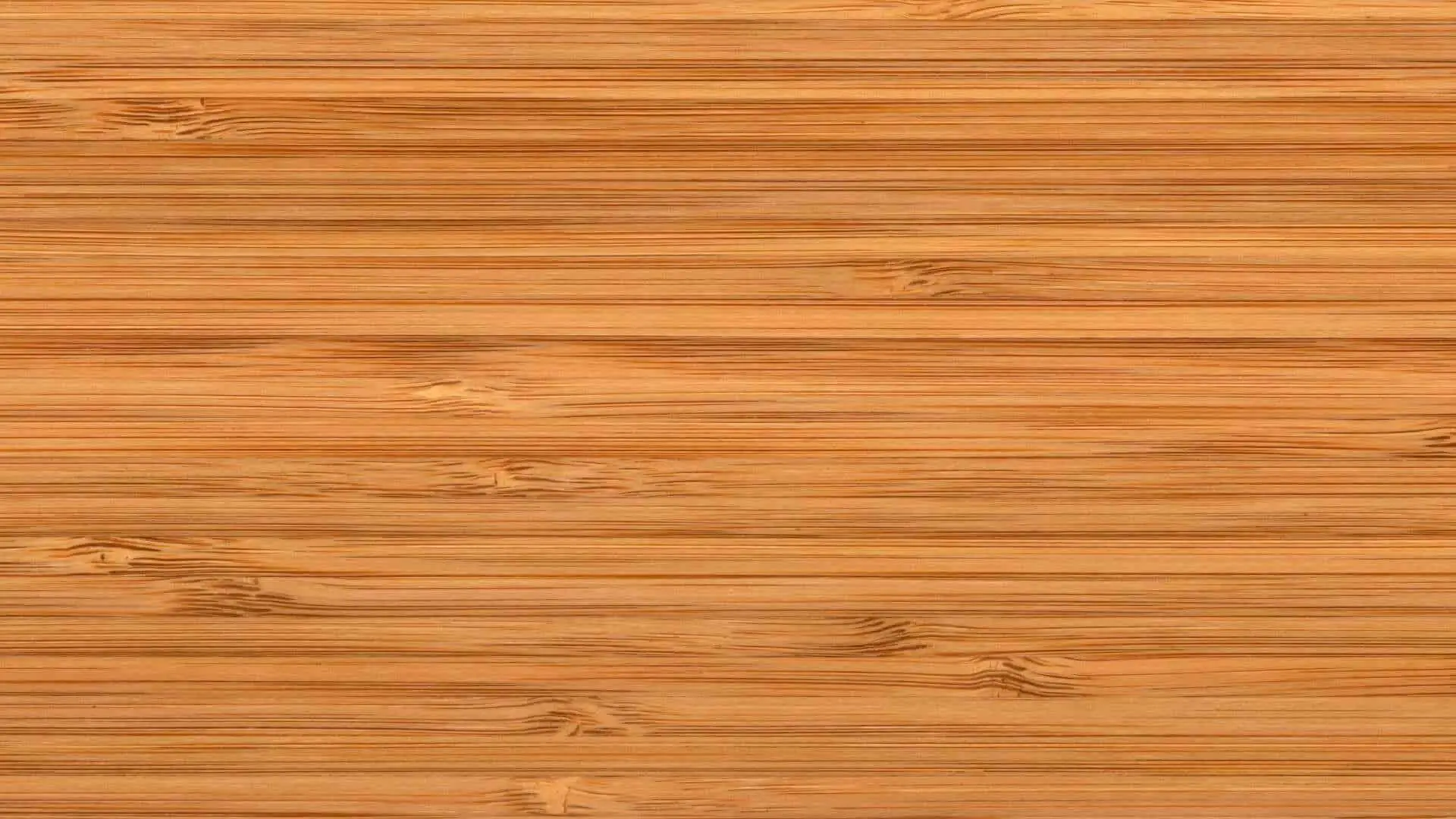Water damage on floors can be extensive. Drying out floors can be crucial in the unlikely event of massive water spillage.
You can dry out bamboo floors by mopping the floor, using a dehumidifier to tackle moisture, then finally using a fan to complete the process.
We would cover extensive areas such as can bamboo floors get wet, bamboo flooring, types of bamboo floors, is bamboo flooring a good option et cetera.
Related: How to Fix Warped Bamboo Floors
What is Flooring?
Table of Contents
Flooring is a permanent covering of a floor. In other words, flooring describes any material such as wood, vinyl, tile, carpet, et cetera.
In this article, as stated above, our focus is the bamboo floor. Different floors serve different purposes.
An area, for instance, that is constantly exposed to moisture will not be an ideal place to install wood flooring because moisture and wood don’t go hand in hand.
Moisture tends to damage wood in the long run, so it’s a no-brainer. The weather can also play a vital role in determining the type of flooring to install.
Tile floors might not suit freezing climates as the tiles tend to become very cold, making it very uncomfortable for residents.
Carpets, wooden floors, or bamboo floors might be the more favourable option in such situations.
What is Bamboo Flooring?
Bamboo flooring is a type of flooring from the bamboo tree. Bamboos are primarily gotten from selected areas in Asia, including China.
Contrary to popular opinion, bamboo flooring is not hardwood; instead, it is grass. That takes nothing away from its unrivaled strength and natural form.
Bamboo flooring is regarded by many as twice as complex as oak floors. Bamboo, the tree used in making bamboo floors, takes a maximum of 3 to 5 years to fully mature, while a tree sometimes takes a minimum of 100 years to fully mature.
Bamboo floors can sometimes last up to 50 years if the maintenance is strictly adhered to.
In most cases, it lasts between 20 to 25 years on average. Bamboo flooring is also environmentally friendly. Due to their environmentally friendly nature, they are bio-degradable.
Types of Bamboo Floors
There are different bamboo floors: horizontal, vertical, and strand woven bamboo floors.
Horizontal Bamboo Floors
This involves taking bamboo strips and placing them horizontally with glue to form the flooring.
Vertical Bamboo Flooring
Like the horizontal, this involves gluing them vertically to form the flooring plank.
Strand Woven Bamboo Floors
Strand woven bamboo floors involve applying extreme pressure and heat after the various strands of bamboo have been woven together. This is harder and stronger than most wooden flooring.
Can Bamboo Floor Get Wet?
Yes, of course! Bamboo floors can get wet if installed in an area with high moisture, such as the bathroom, kitchen, patio after a heavy downpour, et cetera.
Bamboo flooring is water-resistant to an extent and also highly susceptible to water damage.
Experts are often advised to avoid installing bamboo floors in areas with excessive moisture.
Water damage on bamboo floors can lead to swelling, discoloration, and eventual distortion.
Read: Cleaning Bamboo Floors With Vinegar
How to Dry out Bamboo Floors
There are a couple of procedures to carry out if your bamboo floors get wet by accident.
First, you address the water source and fix it or take it out to minimize damage. Then you mop thoroughly to dry out the water.
After you’re done with the mopping, you tackle the moisture that has already seeped into the bamboo or evaded the mopping.
You tackle them by procuring a dehumidifier and turning it on at the highest setting and placing it at the center of the affected room for a minimum of 20 to 24 hours.
After that, you turn on your fan at the highest setting also. Don’t forget to ventilate the room by opening the windows correctly.
This provides the much-needed answers to the pertinent question of how to dry out bamboo floors.
How to Properly Maintain Bamboo Floors
To properly maintain your bamboo floors, keep them spotless without causing any significant damage, you can take the following easy steps;
- Remove dust regularly using a vacuum cleaner or a soft brush.
- Clean with a mild wood floor cleaner, preferably a PH neutral wood floor cleaner.
- If a spill occurs accidentally, wipe it away immediately with a soft cloth that quickly absorbs liquid.
- Don’t drag heavy equipment or furniture to prevent scratching on your bamboo floors; instead, lift them when trying to move them.
- Take off your outdoor footwear before entering any room with a bamboo floor installed.
- Avoid using a steam mop on your bamboo floors; instead, use a damp mop that has been thoroughly squeezed to take out excess water.
- Also, avoid using wax or furniture polish.
Is Bamboo Flooring a Good Option?
The popularity of bamboo continues to grow in leaps and bounds every year thanks to its natural beauty, durability, and environmentally friendly quality.
Bamboo floors are an excellent choice for flooring needs. They also come in different colors to spice up your interior décor.
Bamboo floors are generally easier to install when compared to hardwood or other flooring options.
It can be installed literarily by anyone with or without expertise. It is also relatively cheaper when compared to some other floor types. It costs about $3 to 9$ per square foot.
Read: How To Fix Bamboo Flooring Scratches
Conclusion
This article helped provide much-needed answers to essential questions such as can bamboo floors get wet and hot to dry out your bamboo floors. Several other questions were also answered.
We hope you found it helpful and informative. If you did, please share it across your entire social media pages.

